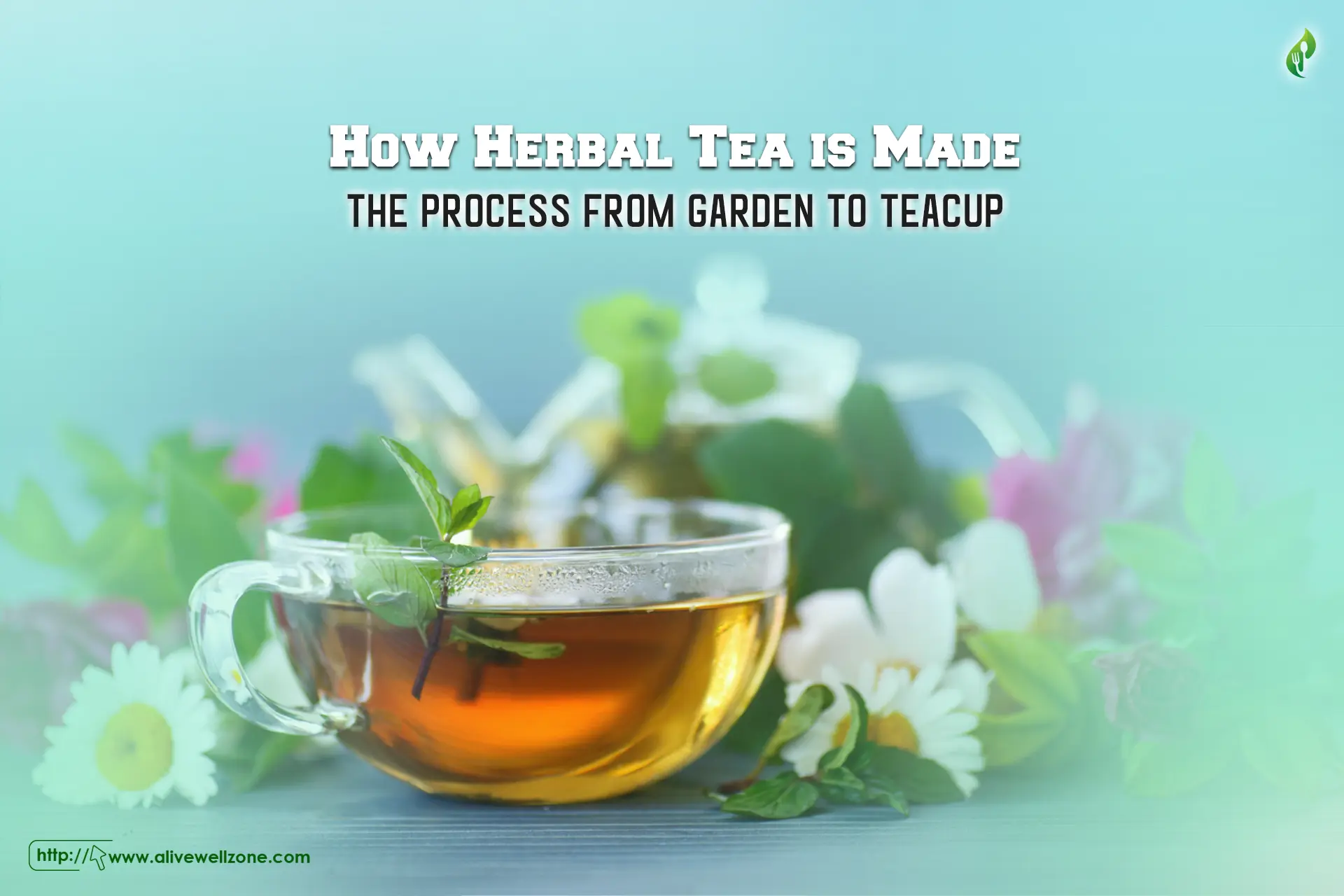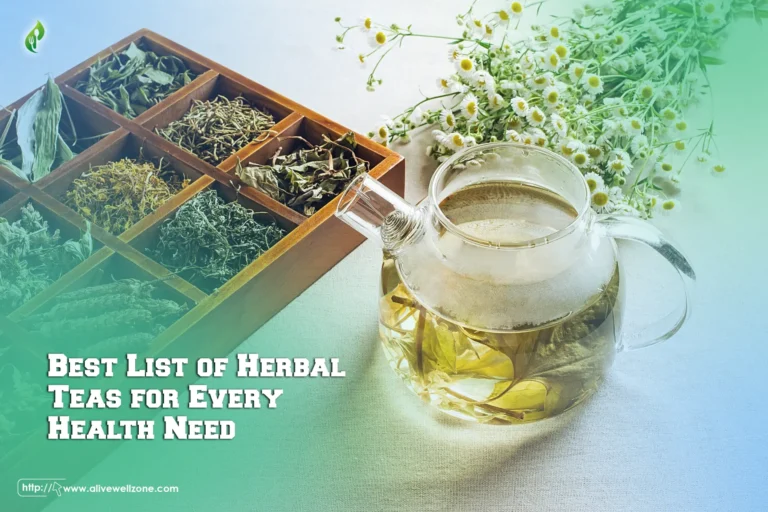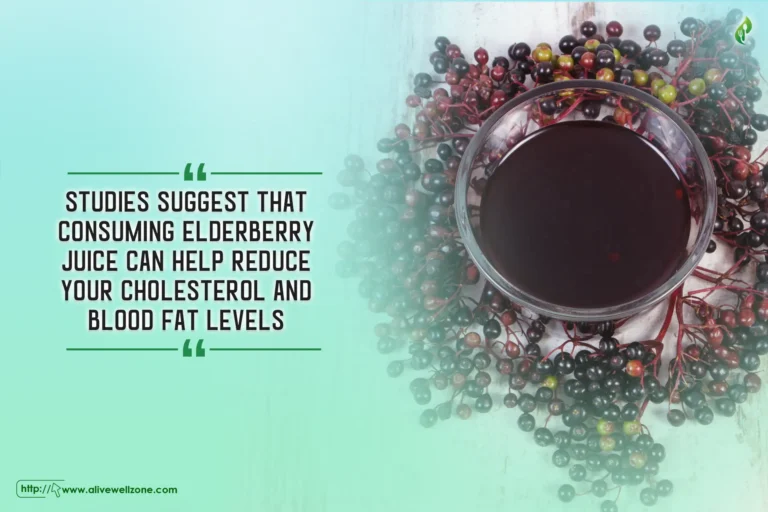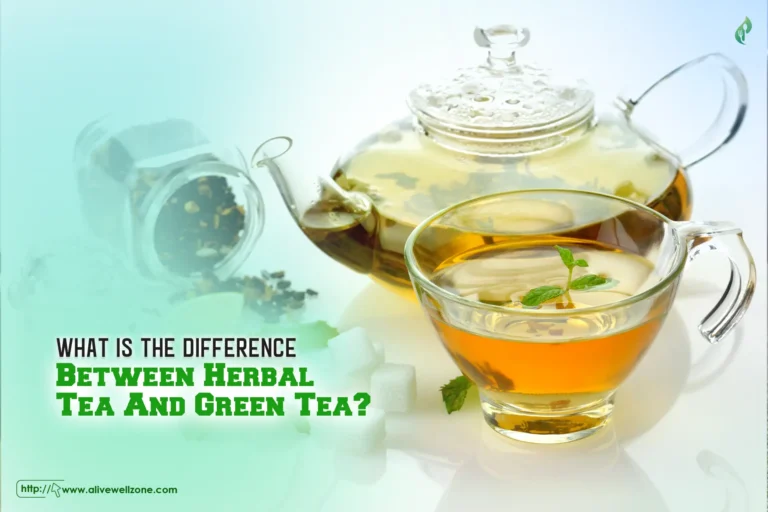
Last Updated on May 21, 2025 by Helena Akter
Are you unsure about how herbal tea is made properly? Perhaps you’ve made herbal preparations in the past. And unfortunately, they weren’t as flavorful as you expected! That’s why you must know the proper methods to get the most out of them.
Herbal tea is made by selecting strong, healthy herbs suited to your soil and climate. Once the herbs are grown, harvest flowers, leaves, or roots at the ideal time. Dry them properly, sort out unwanted parts, and store them in airtight containers to preserve flavor and potency.
Here, we’ll share the exact steps for growing, harvesting, and preparing herbs for tea. Hence, your tea will taste good and contain nutrients. Whether you’re using flowers, leaves, or roots, we’ll talk about everything you need to know.
Key Takeaways
- Cultivation and Growing Conditions: Different herbs like chamomile, lemon balm, and rosemary thrive in specific growing conditions such as well-drained soil, sunlight, and adequate water. To help plants grow strong and taste delicious, you need to know what they need.
- Harvesting Timing: Harvesting herbs at the right time is vital for preserving their flavor and potency. Pick flowers when fully they’re open, leaves in the morning after dew dries, and roots in the fall when they’re most nutrient-rich.
- Drying and Sorting: Proper drying methods, like using dehydrators or air-drying in cool places, help preserve the aroma and potency of herbs. After drying, sorting the usable parts of the plant ensures the best quality for tea blends.
- Storage and Quality Control: You should store herbs in airtight containers, keep them in cool, dark places to maintain freshness for up to two years. To stop mold and herbs from going bad, make sure items are completely dry before putting them away.
Basics of How Herbal Tea is Made
Before planting herbs for your herbal tea, consider these important steps. Otherwise, your efforts might be wasted due to improper herb production.
Selection of Cultivars
To grow herbal tea plants, choose the healthiest and strongest varieties. These plants should be suited to your soil and climate.
Plus, look for plants that naturally produce lots of essential oils, aroma, and flavor. And carefully nurture these plants.
With good care, they’ll grow into strong plants with great aroma for your herbal tea.
Growing Conditions
Most herbs grow best in soil that drains well and receives plenty of sunlight. However, their exact needs can be different. Some herbs like soil that is rich in nutrients or slightly acidic.
Meanwhile, others are tougher and can grow in different soils.
Plus, sunlight, water, and drainage are vital for your herbs to thrive. Look, each herb has its own preferred growing conditions. However, with the right soil, sunlight, and care, most will grow well in many places.
Harvesting and Hand-Picking
Harvesting herbs at the right time is vital for getting the best flavor and potency.
- Flowers
Generally, it’s ideal to pick flowers when they’re fully open, but before they go to seed. In general, it’s best to harvest flowers early during their bloom, regardless of the type.
For example, you should pick chamomile flowers when they’re fully open.
- Leaves
In the case of leaves, you should harvest in the morning, once the dew has dried. Besides, young leaves are usually the tastiest. Whereas, older leaves can be tough and not as flavorful. So, for the best taste, pick the leaves before the plant flowers
Now, use sharp snippers to carefully hand-pick the flowers or leaves. In addition, try to avoid stems, which can add bitterness.
- Roots
For roots, it’s best to harvest in the fall when the plant’s energy has concentrated below the soil. In fact, their roots are most potent when they’re fully grown. For plants that live two years, the second year’s roots are the most nutritious.
Next, chop the roots into small pieces, about a quarter to a half-inch thick. And always use clean tools to prevent contamination.
Remember, time your harvest carefully and hand-pick herbs gently to keep them fresh.
How Herbal Tea is Made from Flowers?
Making herbal tea from fresh herbs is pretty simple. All you need is to pick the ones you like and that grow well where you live. So, here’s how you can produce flowers for your herbal tea.
Growing Condition
Do you know that people around the world drink over a million cups of chamomile tea each day? [1] Let’s figure out what chamomile and calendula flowers need to grow briefly.

- Chamomile
You can grow Chamomile in a variety of settings, including vegetable gardens, herb gardens, and flower beds. Chamomile prefers full sun and well-drained soil. It’s not a picky plant, so it doesn’t require rich soil or a lot of fertilizer.
In addition, chamomile is rarely bothered by pests, except for aphids. [2]
- Calendula
Calendula prefers well-drained soil with moderate nutrients and a pH of 6 to 7. However, it’s flexible and can grow in various soil types.
Before planting, examine your soil to determine if it needs fertilizer. If so, add the suggested amount to the top 6 inches of soil. For every 100 square feet of garden, use no more than 1 inch of fully decomposed compost. [3]
Harvesting and Drying Process
The process of harvesting flowers is easy, which we mentioned earlier. After picking the flowers, you need to dry them to keep their taste and smell fresh.
- To dry flowers, you can use a dehydrator. Set the temperature between 95 to 115 degrees, depending on the plant and how humid it is. Lay the herbs out in a single layer and check them often. High humidity can make clothes dry slowly and grow mold. So, make sure the drying area is dry and airy to prevent this.
- Otherwise, you can lay flowers out on screens or baskets in a cool place with good airflow to dry flowers. Avoid putting them in direct sunlight. And if you’re drying roses or lavender, you can hang them upside down by their stems. This way, they dry well and look pretty too.
Sorting and Final Selection
After the flowers have dried completely, carefully sort them. Remove any unwanted parts, like stems or leaves, which can make your tea bitter. Depending on the flower, you might keep the whole bloom or just the petals.
When you carefully sort the parts of the plant used for your tea, you can create a blend that has the best taste and aroma.
Quality Control
Now, store your dried flowers in a cool, dark place. Also, make sure they’re completely dry before storing them to prevent mold. Plus, avoid direct sunlight, as it can weaken the herbs. In fact, glass jars are perfect for keeping them airtight.
If stored correctly, your flowers can stay fresh for up to two years, keeping their color, taste, and smell.
Bonus Tip: Store your flowers in labeled containers and check them often for signs of spoilage.
How Herbal Tea is Made from Leaves?
If you like making herbal tea using fresh leaves, here are the simple steps to prepare the leaves you want to use.
Growing Condition
Since there are a handful of options, we’ll talk about lemon balm and rosemary here.
- Lemon balm
Lemon balm grows well in fertile, organic soil that is moist but drains easily. You can plant lemon balm seeds, seedlings, or cuttings from its stems or roots. You can also propagate it by layering its branches.
Plant the seeds in March, right at the beginning of spring. They’re very small, so cover them lightly with soil and keep the ground wet to help them grow. [4]
- Rosemary
Rosemary is a versatile herb that can be grown in pots or in the ground. It likes well-drained, slightly acidic soil. Plus, it needs at least 6 hours of sunlight each day. With proper care, rosemary will thrive and add a touch of flavor to your dishes.
Plus, plant rosemary in a place where you won’t need to dig it up later. This will let it grow strong and healthy for many years. [5]
Drying Process
Once you’ve picked the leaves, it’s important to dry them correctly to preserve their taste and goodness. You can hang the whole plants in groups or use a special dryer. Hanging is simple and works well if you like to keep the stems on.
Likewise, you can use a dehydrator to dry the leaves, just like you would dry flowers. You just need to remove all the moisture from the leaves without changing their natural oils and flavors.
Sorting and Final Selection
Once the leaves have dried, we need to sort them. It means separating the good parts of the plant from the leftover stems and other things we don’t want.
To do this —
- Carefully remove the dried leaves from the stems.
- Throw away any leaves that are not the right color or look unhealthy.
- You can use a tray or screen to separate the good leaves from the stems.
- If you have a lot of leaves, it’s best to sort them before drying to remove any damaged ones.
Quality Control
After cleaning and drying your leaves, make sure they’re completely crisp. Any moisture can cause mold and ruin your tea. Store your leaves in airtight containers, like glass jars, in a dark, cool spot.
If you can store them well, your leaves can stay fresh for up to two years. Perfect for your tea blends!
How Herbal Tea is Made from Roots?
Root herbal teas offer numerous health benefits, similar to those found in flower and leaf teas. If you’re a fan of the earthy taste of herbal teas, how to grow your own plants at home!
Growing Condition
Let’s focus on growing dandelions and ashwagandha, just to name a few. There are many other plants we could discuss, but these two are a good starting point.
- Dandelions
Dandelions are tough plants that can thrive in almost any soil, even if it’s not very good. They prefer richer soil, though, and can withstand harsh conditions like frost, cold, and being planted too close together.
However, in very dry or hot weather, dandelions might taste bitter. [6]
- Ashwagandha
You need a dry, sunny place to grow Ashwagandha plants. If your soil isn’t good, add some manure to help it. Plus, remove any weeds or trash before planting. In addition, Ashwagandha likes sandy soil that drains well and doesn’t have puddles.
The soil should be slightly alkaline, with a pH of 7.5 to 8. Most importantly, avoid planting in wet or waterlogged areas as it won’t grow well in those conditions. [7]
Drying Process
After you dig up the roots, cut and wash them carefully to remove any dirt. To dry them —
- You can use a special machine called a dehydrator.
- Otherwise, you can lay them out on screens in a dry, cool place where the sun doesn’t shine directly.
To make the best tea, you must dry the roots carefully. It helps keep the roots strong and tasty.
Sorting and Final Selection
You should sort the roots after drying them thoroughly. Divide the healthy, unbroken pieces from those that are damaged or have a strange color. Plus, examine each piece closely and discard any unwanted parts.
To make sure our tea is top-notch, you should carefully pick out the best roots. This way, you can keep the flavor and strength of our tea blends.
Quality Control
To preserve dried roots, make sure they’re completely dry before storing them. Remember, any remaining moisture can cause mold and ruin the entire batch.
When the roots are completely dry, store them in airtight containers with labels.
Roots can last for years if stored properly. So, keep them in a dark, cool place and check them every so often to make sure they’re still good to use.
Final Words
In learning how herbal tea is made, we’ve highlighted the need to choose healthy herb varieties. Plus, you must ensure they grow in the right conditions, and pick them at the best time.
Whether you’re using flowers, leaves, or roots, proper drying and storing will preserve the taste and strength of your tea. By following these simple steps, you can make fresh and flavorful herbal teas at home.
As you nurture your herbs, you’ll improve your tea-making abilities.
Citation
- https://www.sciencedirect.com/science/article/abs/pii/B978012418680400018X
- https://hort.extension.wisc.edu/articles/chamomile-matricaria-chamomilla/#:~:text=Grow%20chamomile%20in%20full%20sun,soil%20moist%20but%20not%20wet.
- https://extension.usu.edu/yardandgarden/research/calendula-in-the-garden
- https://extension.usu.edu/yardandgarden/research/lemon-balm-in-the-garden
- https://aggie-horticulture.tamu.edu/vegetable/wp-content/uploads/sites/10/2010/10/E-623-Easty-Gardening-Rosemary.pdf
- https://hort.extension.wisc.edu/articles/dandelion-taraxacum-officinale/#:~:text=Dandelion%20is%20a%20short%2Dlived,won’t%20kill%20the%20plant.
- https://urbanplants.co.in/blogs/news/how-to-grow-ashwagandha-cultivation-and-growing-ashwagandha
References
- https://soalheiro.com/herbal-tea-story-and-production-process
- https://www.themeateater.com/wild-and-whole/learn-cooking-technique/how-to-grow-harvest-and-dry-your-own-herbal-tea







